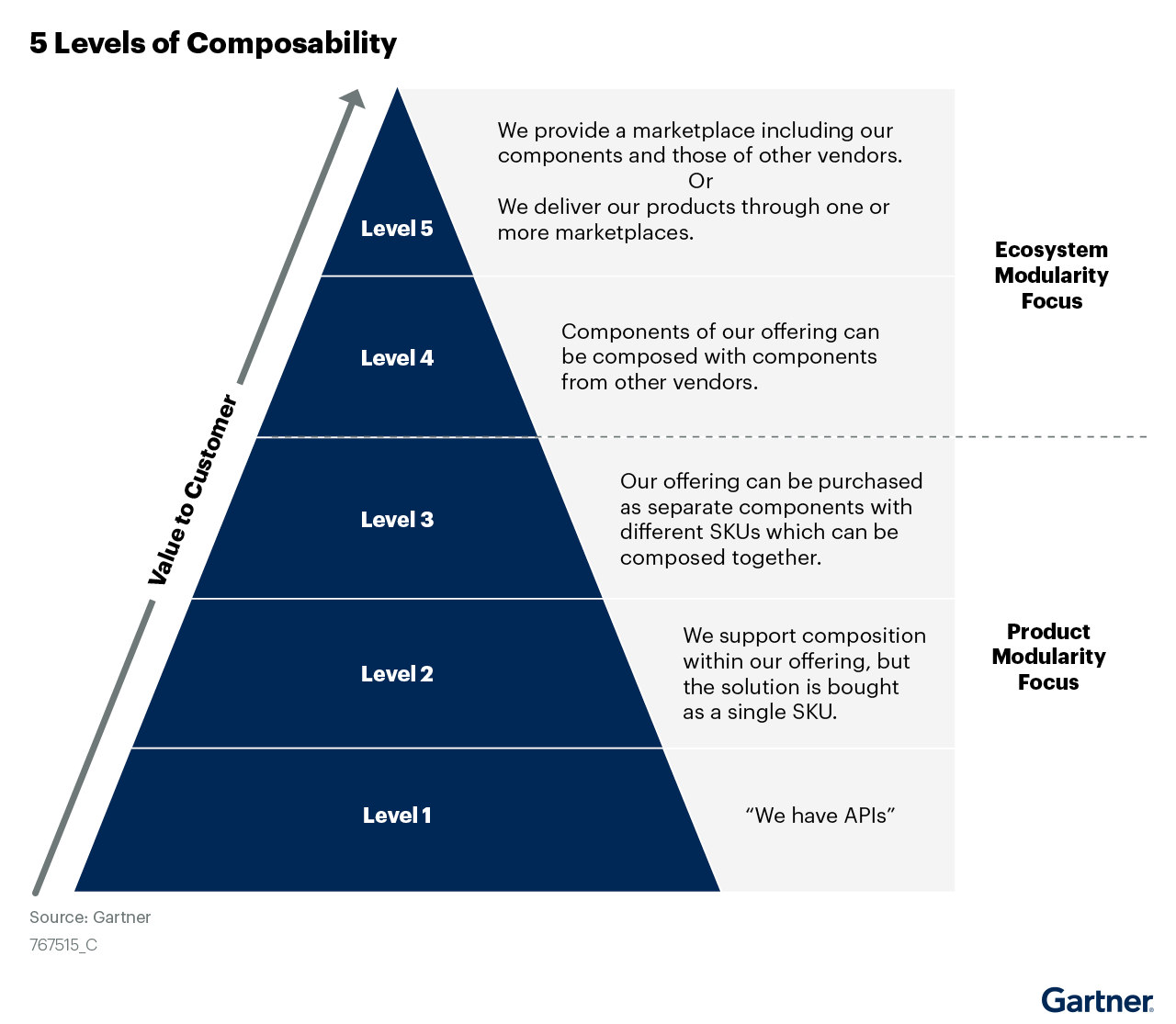znode’s approach to headless and composable commerce
Cutting through the buzzwords to get clarity on B2B composable commerce
As with all technology, new terms coined by analysts and consultants often start a trend. A few years ago, personalization was hot, followed by artificial intelligence (AI). Now terms such as headless and composable are trending (or confusing) with buyers of ecommerce software, especially B2B ecommerce software.
The term headless is a moving target. Originally it was defined as an API-first architecture with limited features, no presentation layer that shipped with the platform, and the promise of flexibility. The opposite was monolithic platforms, defined by Forrester Research as “inclusive” platforms with many native features but limited flexibility, especially with the presentation layer. Monolithic ecommerce software vendors quickly released APIs for flexible front-end experiences and claimed to be headless, and composable commerce quickly became the buzzword for discussing an API-first platform approach.
Forrester Research and the MACH Alliance claim that only two ecommerce technology stack approaches are available. A composable approach of using microservices from best-of-breed vendors or a monolithic approach using an inflexible but feature-rich legacy technology. One provides flexibility to compose commerce with many best-of-breed cloud solutions and a dedicated team of developers to manage API microservices. The other provides feature-rich but outdated technology that offers speed with limited flexibility and expensive upgrades. This is like saying that there are only two types of bananas, green and brown.
Gartner offers a different approach to categorizing composability, broadening possibilities to five levels. Referencing the image below, Gartner has classified products into five levels of composability.
*Gartner, “Quick Answer: How Should Product Leaders Think About Composability in Their Portfolios?”, Dennis Gaughan, April 5, 2022.
GARTNER is a registered trademark and service mark of Gartner, Inc. and/or its affiliates in the U.S. and internationally and is used herein with permission. All rights reserved.
B2B Brings Greater Complexities
As if the trade-off between flexibility and features weren’t enough, B2B ecommerce brings a whole new set of complexities. B2B ecommerce has a set of requirements, including inventory in multiple warehouses, complex and configured products, and purchasing approval workflows, to name a few.
B2B also requires an account-based data structure grouping users into accounts that represent businesses, not individuals. This creates the need for account-based pricing, catalogs, inventory, and any other traditional contract terms.
Many monolithic platforms don’t meet these requirements natively, nor do popular cloud-based composable software. This leads to customization, long development cycles, and ongoing maintenance.
Speed and flexibility just came to a screeching halt.
Znode’s Approach: The Best of Both Worlds
Znode provides both approaches. An API-first architecture and core functionality, including native B2B features that can extend via API. Yes, native B2B features can be extended via API. The platform is architected for configuration when other platforms require customization. This together allows for both speed to market and flexibility.
Revisiting Gartner’s 5 Levels of Composability:
“Level 2 - We support composition within our offering, but the solution is bought as a single SKU.”*
“Level 4 - Components of our offering can be composed with components from other vendors.”*
*Gartner, “Quick Answer: How Should Product Leaders Think About Composability in Their Portfolios?”, Dennis Gaughan, April 5, 2022.
GARTNER is a registered trademark and service mark of Gartner, Inc. and/or its affiliates in the U.S. and internationally and is used herein with permission. All rights reserved.
Znode provides all features through a single license, including a native head. However, if a merchant needs to integrate with a leading content management system (CMS), digital asset management (DAM) system, or any other best-of-breed software, Znode’s architecture also makes this possible.
Znode’s native B2B features increase speed to market and reduce expenses. The API-first architecture enables composability to utilize best-of-breed componentry to expand beyond configurable capabilities. Call it a yellow banana.




